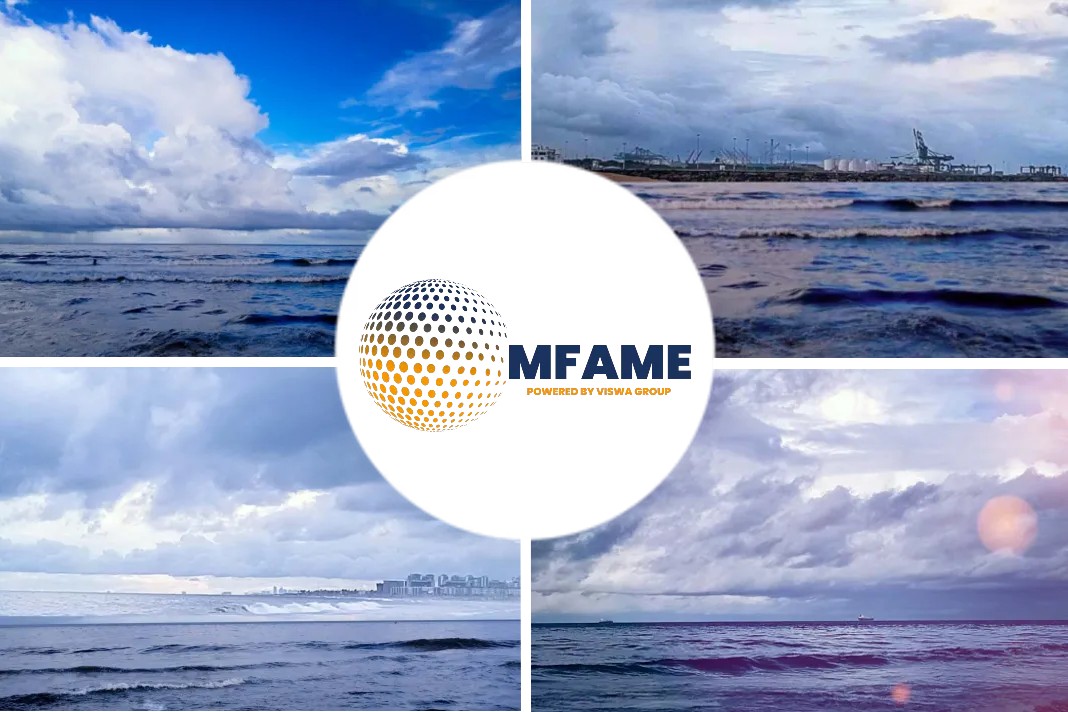- EU proposes a basket of measures to decarbonise the maritime industry, which will influence freight rates in different ways.
- The inclusion of shipping into the ETS would be the most influential EU measure when it comes to carbon cost.
- The legal and financial impact of the EU measures will raise awareness of shipping emissions and influence decisions across the maritime industry.
The European Union proposes a basket of measures to decarbonise the maritime industry, which will influence freight rates in different ways, says an article published on siglar website.
Decarbonization measures resulting in carbon cost
The inclusion of shipping into the ETS would be the most influential EU measure when it comes to carbon cost.
Buying emissions allowances for a transatlantic (extra-EU) tanker voyage in 2023 would cost approximately 11000 USD. For a typical intra-EU voyage the carbon cost would be approximately 9000 USD. In 2026, once the emissions are fully phased-in, the cost would be 57000 USD for the same global EU voyage and 47 USD for the intra-EU voyage.
Example of carbon cost when shipping is fully included in the EU emissions trading system. Extra-EU voyage: Approx. 43 000 USD
Example of carbon cost when shipping is fully included in the EU emissions trading system. Intra-EU voyage: Approx. 47 000 USD
The suggested bunkers tax starts at minimum 0.9 EUR/Gj for heavy fuel oil in 2023. In more shipping relevant terms, this means an additional cost of approximately 45 USD/tonne heavy fuel oil. For the intra EU voyage example above this represents an additional cost of approximately 10 000 USD.
As for the GHG intensity limits on ship energy use, the EU’s impact assessment estimates that ship operators would bear a cost under the proposal, which amounts to 89.7 bn EUR.
It is difficult to estimate the additional cost related to a single voyage, or per tonne bunkers. However, these are significant costs of which some eventually will influence the pricing of maritime transport.
Carbon cost entering charter party negotiations
As carbon cost enters the maritime industry, by measures like the ones mentioned above, it will also enter charterparty negotiations. The inclusion of the polluter pays principle in the ETS directive provides extra support to include carbon costs in charterparties.
The directive states that the shipping company is responsible for compliance with the EU ETS, adding that “…the shipping company could, by means of a contractual arrangement, hold the entity that is directly responsible for the decisions affecting the CO2 emissions of the ship accountable for the compliance costs under this Directive. This entity would normally be the entity that is responsible for the choice of fuel, route and speed of the ship.”
Whether emissions enter the charterparties by means of specific clauses or by inclusion in the rates remains to be seen, but emissions are surely becoming a point of negotiation.
Carbon cost influencing international commodity trading
The legal and financial impact of the EU measures will raise awareness of shipping emissions and influence decisions across the maritime industry.
Siglar’s CEO Sigmund Kyvik has experienced hands on how the IMO and EU decarbonization discussions already have influenced responsible commercial players in the maritime industry.
“One year ago, our contacts within major charterers were sustainability managers, now it’s the commercial front office demanding our emissions analytics. Emissions insight is no longer a tool only used for reporting but also for avoiding risk exposure and spotting trading opportunities,“ he says.
Increased understanding of how one’s decisions can drive or reduce maritime emissions is vital to cutting maritime emissions in an efficient manner. The cargo owners particularly, hold powerful tools as their decisions strongly influence the amount of GHG emitted from maritime transport.
Understanding the carbon consequences of these decisions is vital for cargo owners to make the “right” or most carbon efficient decisions, whether it is choosing the right ship for their cargo, deciding the speed of the voyage, or even planning the destination of the cargo.
“We make sure our customers constantly have access to the emissions insight needed to make the most carbon and cost-efficient decisions.” Kyvik adds.
Did you subscribe to our daily newsletter?
It’s Free! Click here to Subscribe!
Source: siglar


















